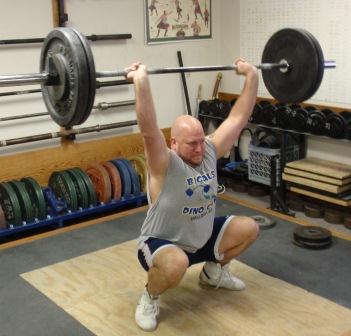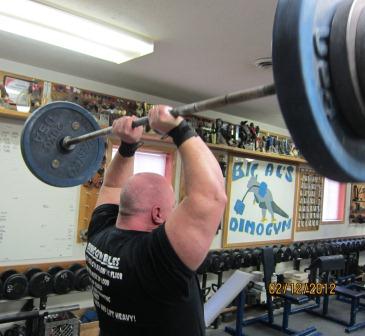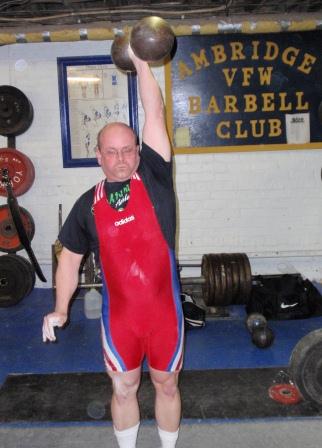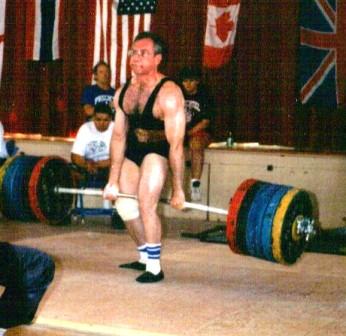The NEW Reverse Grip Curl Lift
by Al Myers
One of the new official lifts of the USAWA that was passed at the National Meeting is the “Curl – Reverse Grip”. This has caused some confusion (I’ve received a couple of emails on it already) as we already HAVE that lift as one of our official USAWA lifts! The reason for this is a simple one – our rules for the Reverse Grip Curl has been drastically different than the IAWA rules for the Reverse Grip Curl! A while back I wrote a blog stating the differences on this: https://www.usawa.com/curl-reverse-grip/ . The new Curl – Reverse Grip will go by this rule, which conforms to the IAWA rule for it:
Curl – Reverse Grip: The rules of the Rectangular Fix apply, except that once the bar reaches the midway point it does not stop fixed, but continues to the finish position in one motion.
Need to reference this rule:
D24. Rectangular Fix
This lift starts with the lifter standing holding the bar on the thighs at arms’ length, with the palms of the hands facing the lifter. Maximum hand spacing is shoulder width. Feet placement is optional. On a command by an official to start the lift, the lifter raises the bar by bending the elbows. The bar is raised to a position in which the lower arms are at a 90 degree angle to the body and parallel to the platform. The upper arms and elbows must maintain contact with the torso throughout the lift. The wrists must stay straight. Movement of the feet, raising the heels or toes, or swaying the body is not allowed. Once the bar is motionless, an official will give a command to end the lift.
Also in this proposal included a change of name for the “previous” Reverse Grip Curl that we have been doing in the USAWA. It will now go by this name officially: Curl – Cheat, Reverse Grip. All records will be preserved that have been set previously and this new name will be changed in the rulebook and record list. However, the new Reverse Grip Curl is “now open” for any new records! Interestingly, at Worlds this year we will be performing this lift according to the IAWA rules, thus the same rule as this new lift. That is REASON NUMBER ONE we needed to approve this new lift. You see, there are lifts that are official in the IAWA that are not official in the USAWA (even though the USAWA has several more that are not IAWA approved). It would seem odd to perform a lift at the Worlds on our own “home turf” that is not an official lift in the USAWA. I know it seems confusing, but hopefully with time all of these differences will be reconciled. Progress has been made on this over the past couple of years.
In summary, the Curl – Reverse Grip follows the rule of the Rectangular Fix and the Curl – Cheat, Reverse Grip follows the rule of the Cheat Curl. The Executive Board briefly discussed calling this new lift the Curl – Strict, Reverse Grip but decided against it. Who knows – with time we might need that name if we ever decide to propose a Reverse Grip Curl following the rules of the Strict Curl??? Now THAT would make things confusing!!



